10 Foods High in Gluten To Avoid if You Have a Gluten Sensitivity Some foods are best avoided if you are managing these conditions

Gluten can trigger digestive issues in people with celiac disease, wheat allergies, or gluten sensitivities

CreativeDJ / Getty Images
Gluten is a natural plant protein found in whole grains such as wheat, barley, rye, and some oats. When these types of flour are mixed with water, the gluten creates a stretchy network that helps bread rise and form air pockets. Gluten also makes pasta chewy and binds ingredients in sauces for a smoother texture.
For some people with wheat or grain allergies, celiac disease, or non-celiac wheat sensitivity, eating foods with gluten can trigger symptoms like stomach aches, vomiting, and diarrhea.
People with irritable bowel syndrome (IBS) or gastroesophageal reflux disease (GERD) may also need to limit their gluten intake.
1. Wheat Pasta
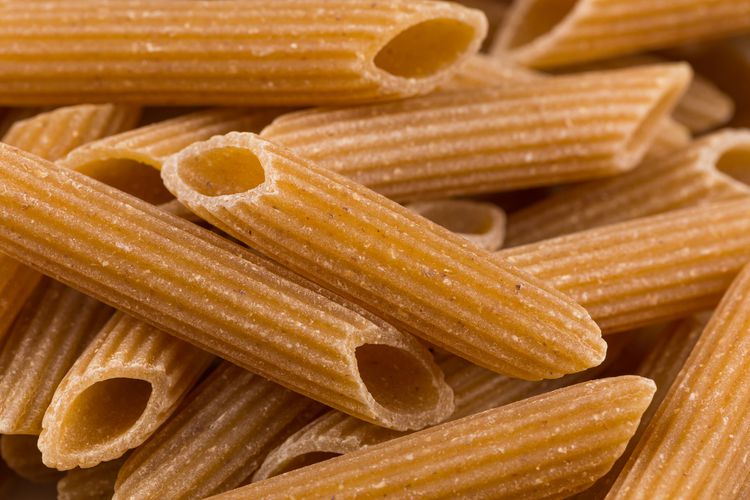
R.Tsubin / Getty Images
Wheat pasta is made from various types of wheat that have been processed into flour, such as semolina and durum wheat flour.
Wheat pasta is sometimes made with just wheat flour and water, while other variations include eggs. Therefore, wheat pasta is relatively high in gluten.
2. Pretzels
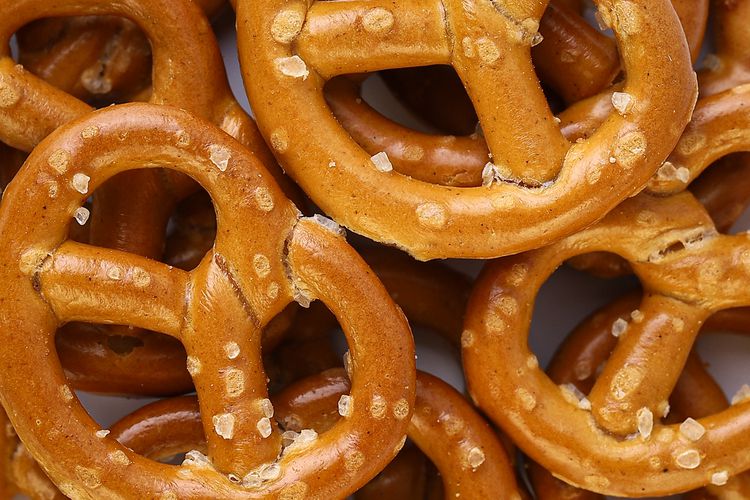
Tsvetomir Hristov / Getty Images
Foods made with refined grains and sugars have a higher glycemic index (GI), a food's ability to raise blood sugar levels.
Pretzels, though not high in added sugars, have a high GI value because they contain mostly refined wheat flour, which has gluten.
3. Couscous
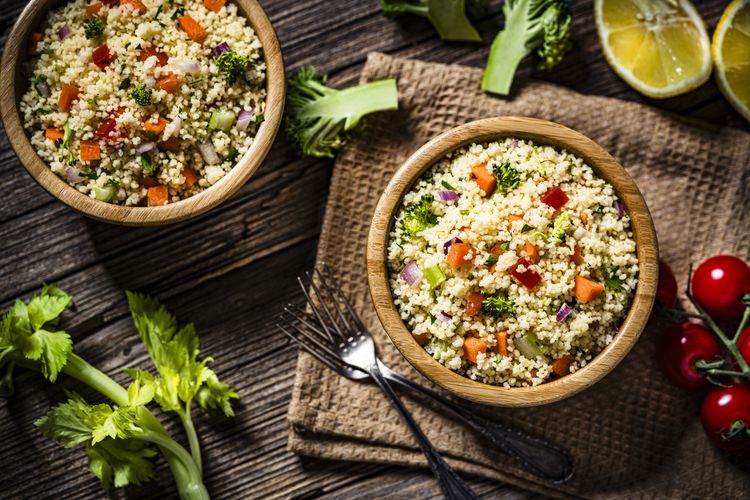
fcafotodigital / Getty Images
Couscous can be found in a fine granular texture and a pearl shape (Israeli couscous). Both are staples in Middle Eastern regions like Morocco and North Africa.
It's made from durum wheat semolina and water, making it a gluten-rich food.
4. Orzo
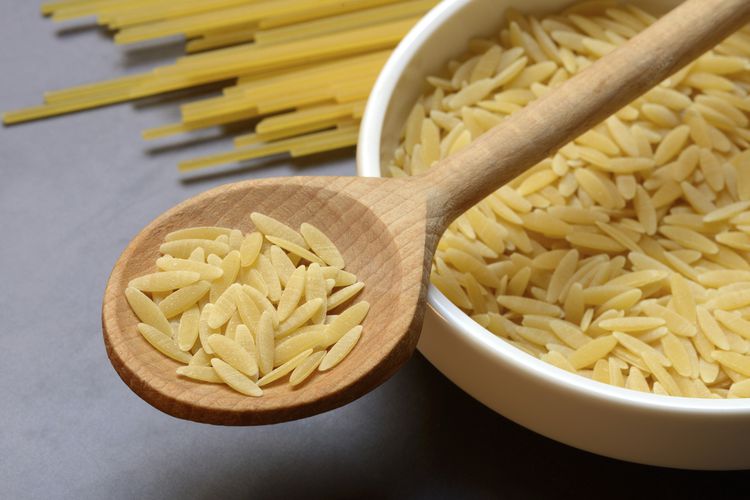
imageBROKER/Jürgen Pfeiffer / Getty Images
Orzo is a popular type of pasta that has a rice shape. It is common in dishes like rice pilaf. However, its primary ingredient is wheat flour—specifically durum wheat, often labeled as semolina.
This coarse-textured flour is commonly used to make pasta, giving orzo its distinct bite and versatility in a variety of recipes.
5. Cookies

Anne DEL SOCORRO / Getty Images
Wheat flour is ideal for making cookies because of its ability to form a dough structure in baked goods.
Flour is the main ingredient in cookies (i.e., a sugar cookie recipe typically has a 3:2:1 flour-fat-sugar ratio), so they typically contain a significant amount of gluten unless you're purchasing or making them intentionally gluten-free.
6. Cake
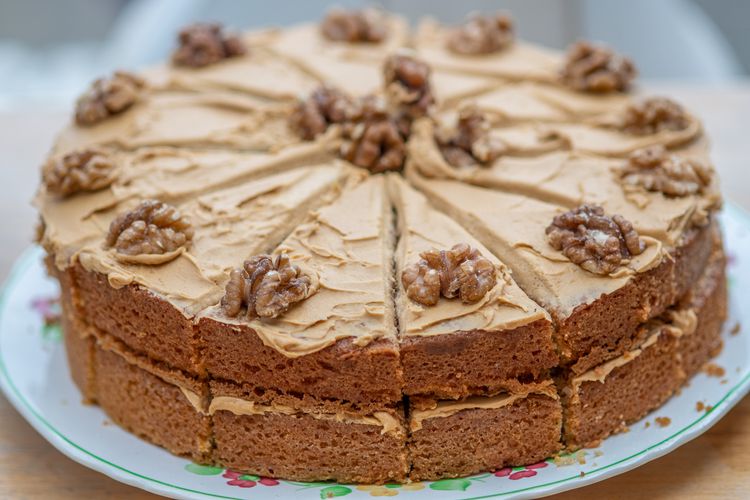
Edwin Remsberg / Getty Images
Flour is a main ingredient in cake. The gluten from wheat flour (e.g., all-purpose flour) helps produce air bubbles that contribute to a cake’s density and springy texture.
7. Soy Sauce

Priscila Zambotto / Getty Images
Soy sauce is made by fermenting wheat and soybeans. The first stage of fermentation involves creating koji, a mold-covered mixture of the two. The koji is then mashed with saltwater brine and aged for several months.
Fermentation may reduce the gluten content, but it can be problematic for those with gluten sensitivities.
8. Barbecue Sauce
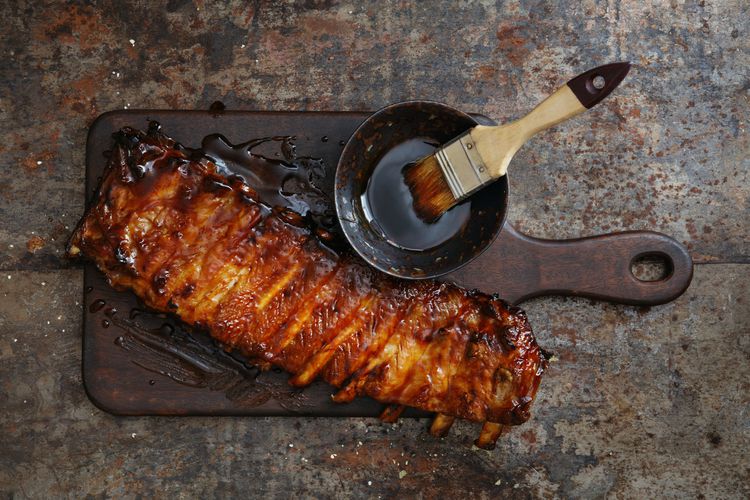
luchezar / Getty Images
Ingredients contributing to barbecue sauce's tangy flavor include malt vinegar and barley malt, both contain gluten. They are both processed from barley, a gluten-containing grain.
Some barbecue sauces may contain Worcestershire sauce, a condiment that can also contain gluten from malt vinegar.
9. Cornflakes

seksan Mongkhonkhamsao / Getty Images
Cornflakes have been around since the early 1900s. Since then, other brands have created similar flaked cereal products made with milled corn.
While corn is not a gluten-containing grain, cornflakes often contain barley malt, which adds to the cereal's sweetness and flavor.
10. Flour Tortillas
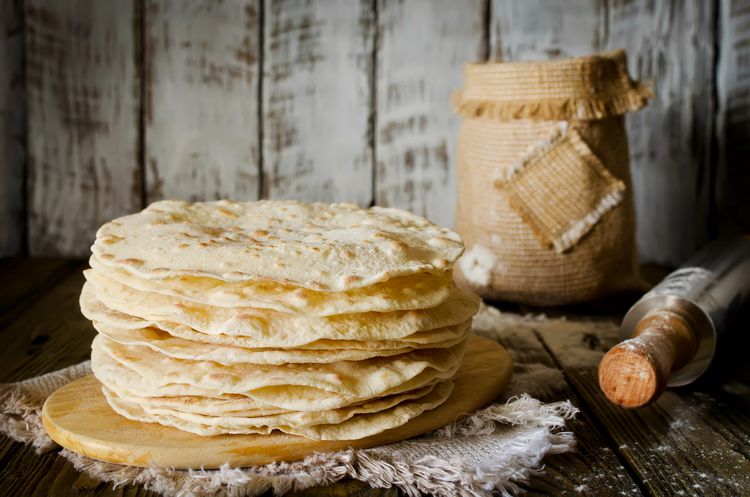
Photos by Elena Grigarchuk / Getty Images
Flour tortillas are typically made with wheat flour, water, and some fat like vegetable oil or lard. The glutenous structure that forms when the flour is mixed with water creates elasticity, allowing the dough to be shaped into flattened, round, unleavened options like tortillas.
Gluten in flour tortillas provides the stickiness that holds the dough together, allowing it to maintain its shape and texture.
Better Swaps For Foods High in Gluten
If you have a wheat or grain allergy or gluten sensitivity, you can replace these common gluten-containing foods with alternatives that contain grains such as rice, corn, buckwheat, quinoa, and millet.
Here are some gluten-free swaps:
- Pasta: Replace wheat pasta with blends made with quinoa, corn, and brown rice can be a fitting alternative.
- Pretzels: Swap out pretzels for gluten-free pretzels or crackers made from ingredients like rice flour, almond meal, or a mix of ground nuts and seeds.
- Couscous: Use small-grain alternatives like quinoa or millet instead of traditional couscous.
- Orzo: Replace orzo with short-grain rice for a similar texture.
- Cookies and cakes: For treats like cookies and cakes, substitute wheat flour with almond flour, cassava or tapioca flour, or gluten-free all-purpose flour.
- Soy sauce: Tamari has a similar taste. Coconut aminos is another good alternative, but it is a bit sweeter. Neither contains wheat or any other gluten-containing ingredient.
- Barbecue sauce: Make homemade gluten-free barbecue sauce using a combination of ketchup, which typically includes gluten-free ingredients, brown sugar, chili pepper, and apple cider vinegar. Start with a ketchup base and add the remaining ingredients to your desired taste.
- Cereal: Choose gluten-free corn flake cereals without barley malt or other potentially gluten-containing ingredients.
- Tortillas: Use corn tortillas instead of flour tortillas. Like flour tortillas, they fold easily, making them great for holding fillings like meat, cheese, and lettuce.
When choosing any product, check for gluten-free labels on the package, as certain flavorings, stabilizers, or fillings can also contain gluten.
A Quick Review
Gluten, a protein found in wheat, barley, rye, and some oats, gives structure to foods like bread and pasta while enhancing the texture or flavor of sauces. It can trigger digestive issues in people with celiac disease, wheat allergies, or gluten sensitivities. Common sources of gluten include pasta, cookies, cakes, and condiments like soy sauce.
If you need to limit or avoid gluten, you can choose alternatives or food made from alternatives like rice, corn, buckwheat, quinoa, and millet. Gluten can hide in unexpected ingredients; always check for a gluten-free label.
This story originally appeared on: Health News - Author:Lauren O'Connor, MS, RDN















